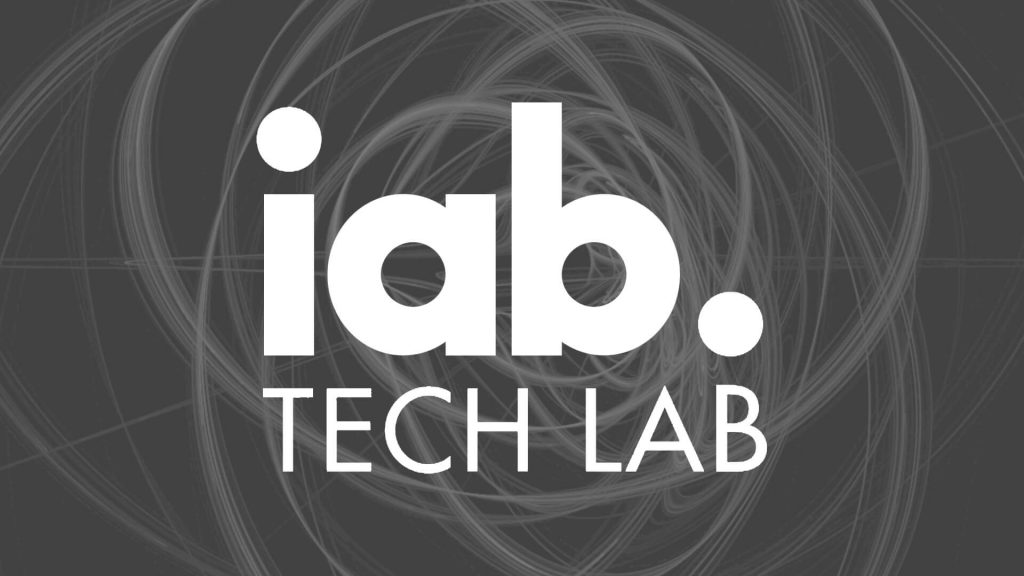IAB Tech Lab unveils advanced TV roadmap
November 11, 2022

IAB Tech Lab, the digital advertising technical standard-setting body, is launching a new initiative to set technical standards to bring universal addressability to all TV environments.
“The TV advertising delivery, distribution, and measurement landscape is fragmented, creating significant friction within the supply chain. Just like consumers want a seamless viewing experience across streaming and traditional viewing methods, buyers want to be able to buy, measure, and reconcile in a holistic, transparent, and consistent way across all television environments,” said Anthony Katsur, CEO, IAB Tech Lab. “At Tech Lab, we have spent the last year analysing converging use cases between legacy and connected television, getting educated on technical standards across environments, and understanding the trajectory of TV viewing and media investment. We’re confident this initiative will shepherd television buyers and sellers into the future.”
Tech Lab’s Advanced Television initiative encompasses all television environments and unveils its long-term, key priorities, and roadmap for Advanced TV. Objectives include:
– Create the structure for streamlined and normalised reconciliation of TV buys across CTV, linear, and broadcast environments
– Establish a common technical framework for audience interoperability, universal addressability, and cross-environment frequency capping
– Develop open-source, auditable measurability for tracking ad creative across all platforms
– Further develop Advanced TV anti-fraud measures and more accurately account for viewability
– Standardise the foundation for an impression-based TV market and universal ad break management using frame-accurate ad break signalling
– Establish a common technical framework for omnichannel programmatic buying via upfronts as well as spot buys
In order to achieve many of the goals outlined by Tech Lab, Video Watermark Technology will be instrumental. Based on already developed ATSC 3.0 standards as a sustainable, long-term, glass-based, client-side technology, the A/335 Video Watermark can be used for multiple operations, such as viewability verification measurement and frame-accurate ad replacement to increase addressable inventory in linear media.
“The adoption of an open watermark standard is critical to achieving standardisation across the myriad of channels and devices consumers use to watch TV. It will enable the industry to achieve interoperability, improve measurement, and bring greater efficiency to a converging TV advertising landscape,” said Shailley Singh, Executive Vice President, Product and Chief Operating Officer, IAB Tech Lab. “As part of this initiative, we will define standard use cases, develop operational workflow guidance, and identify how watermark technology will work for each use case.”
In addition to introducing video watermark standards, Tech Lab will also explore how an open standardised video watermark can enhance the use of current technologies like SCTE, ACR, OMSDK, and VAST across all TV delivery modes and all types of devices (Connected TV, set-top boxes, and personal mobile devices).
“There is immense value in developing technical standards and best practices to normalise data and create interoperability across all TV platforms,” said Stephane Krzywoglowy, Senior Vice President, Business Operations & Strategy, NBCUniversal. “Establishing interoperability across all distribution channels will streamline ad spend across any television audience, regardless of the delivery environment.”
“VIZIO and network partners made incredible progress turning the concept of addressable delivery in linear for Connected TVs into a reality through our work with the Project OAR Consortium,” said Ken Norcross, Head of Data Licensing, Inscape, VIZIO’s ACR division. “We are in support of the work the IAB Tech Lab is doing to broaden adoption for addressable advertising standards and are aligned with the mission of better, smarter TV advertising and the improved consumer experiences that come as a result.
